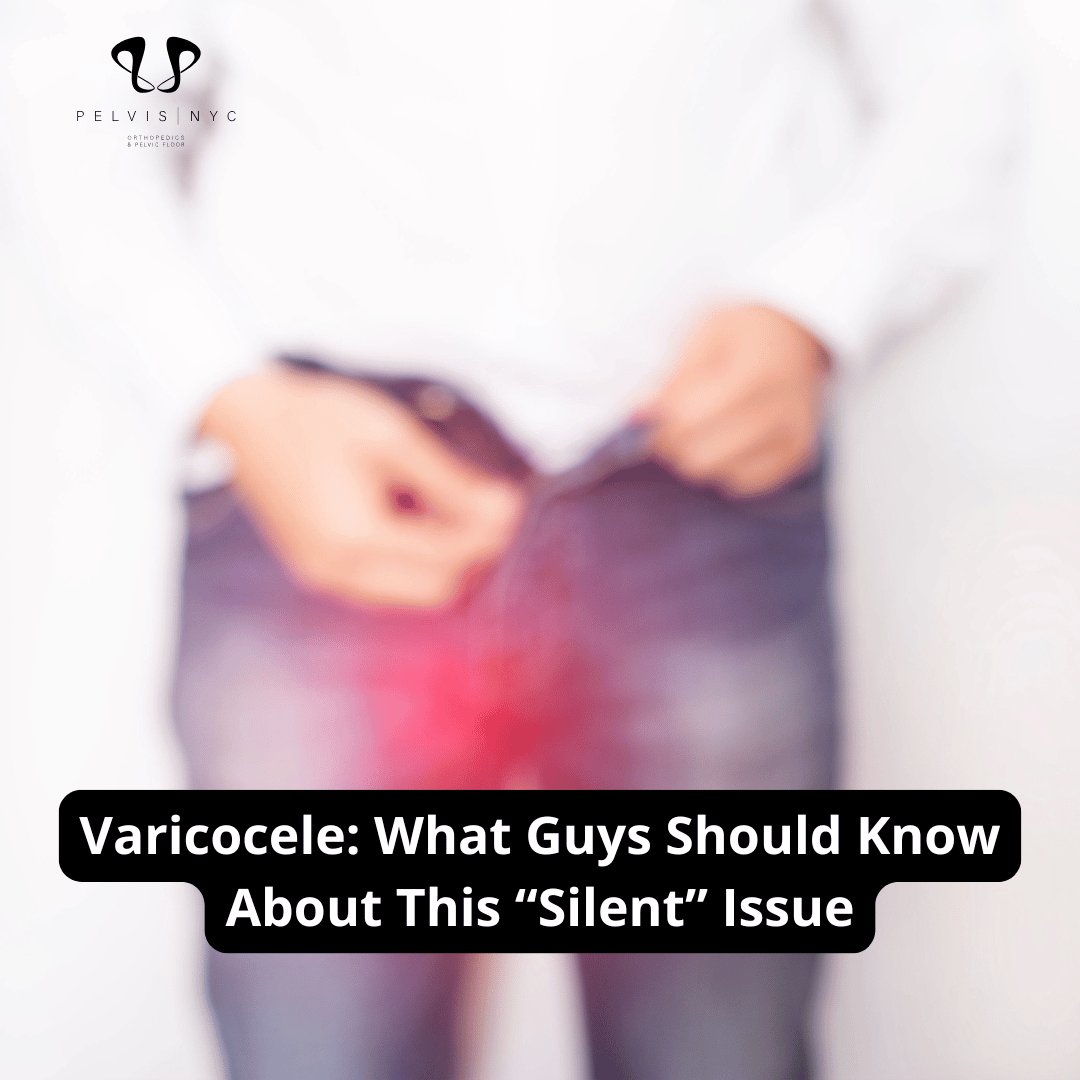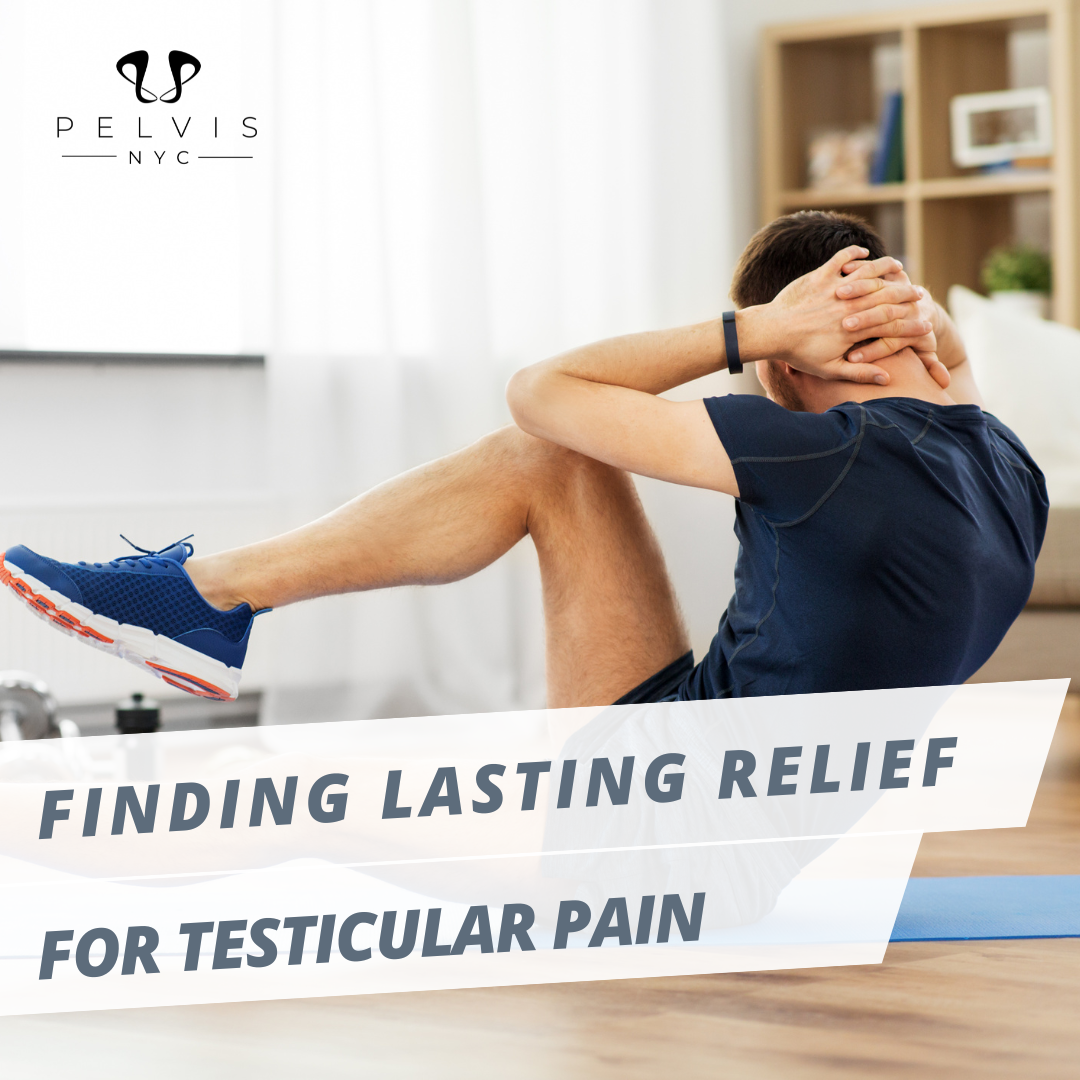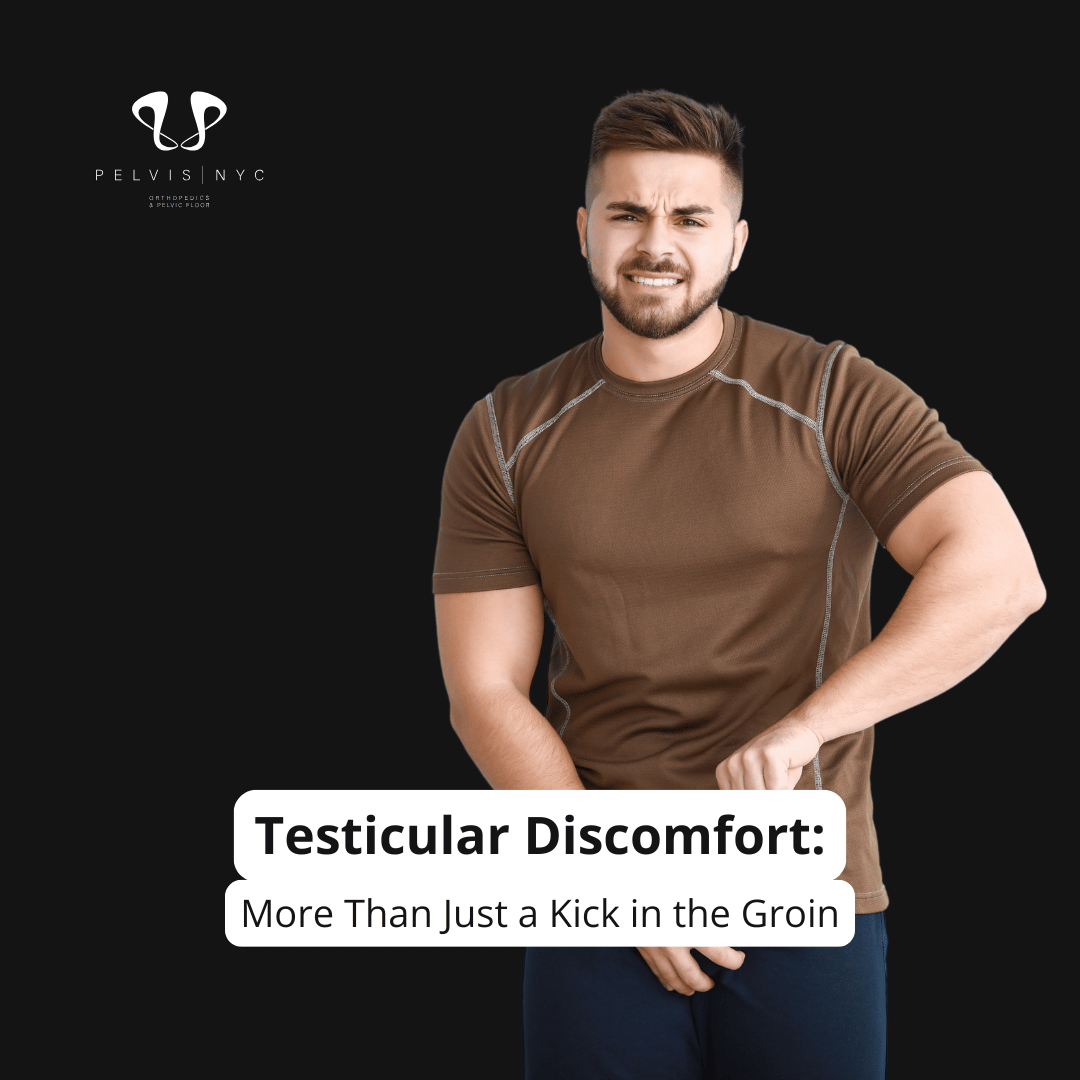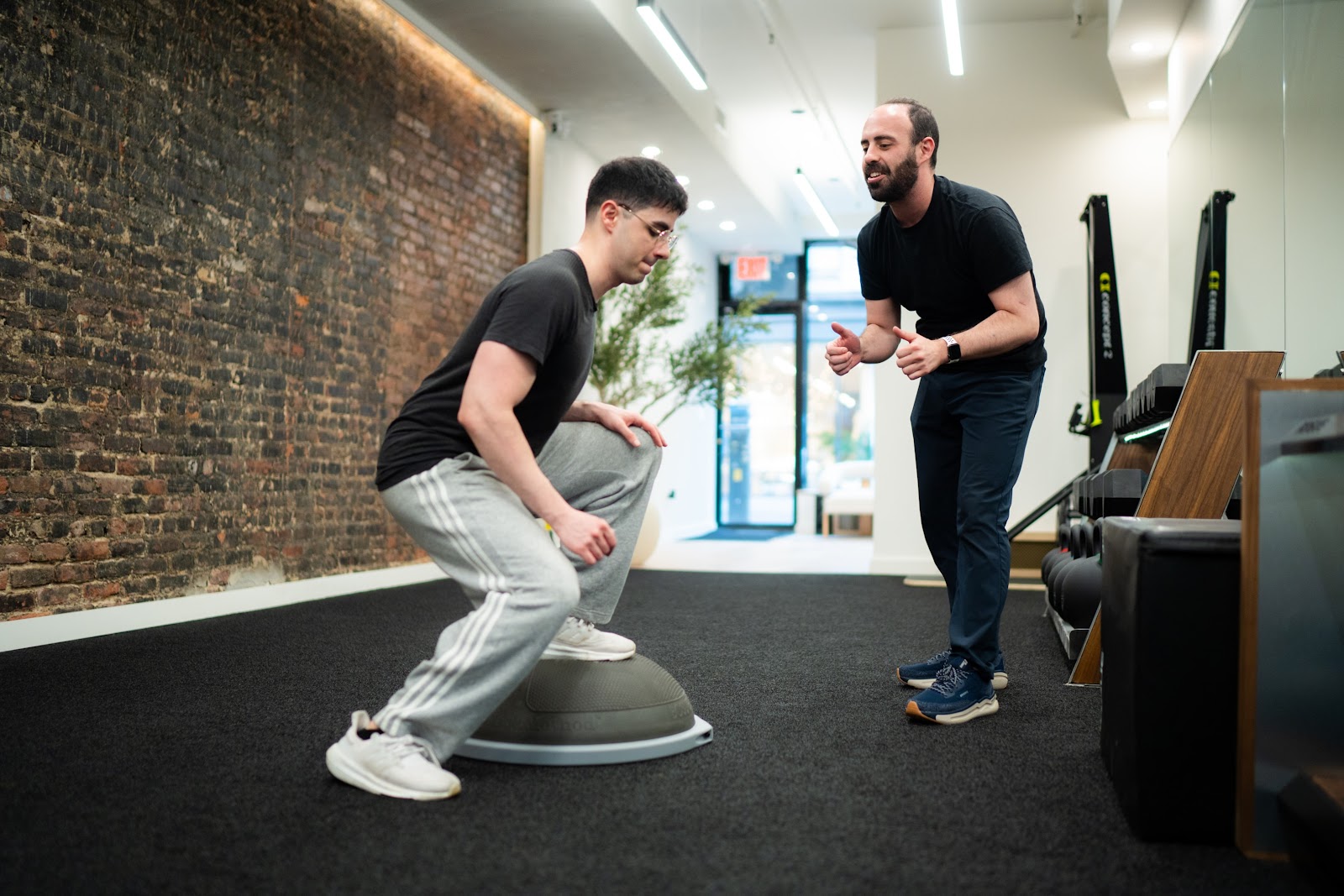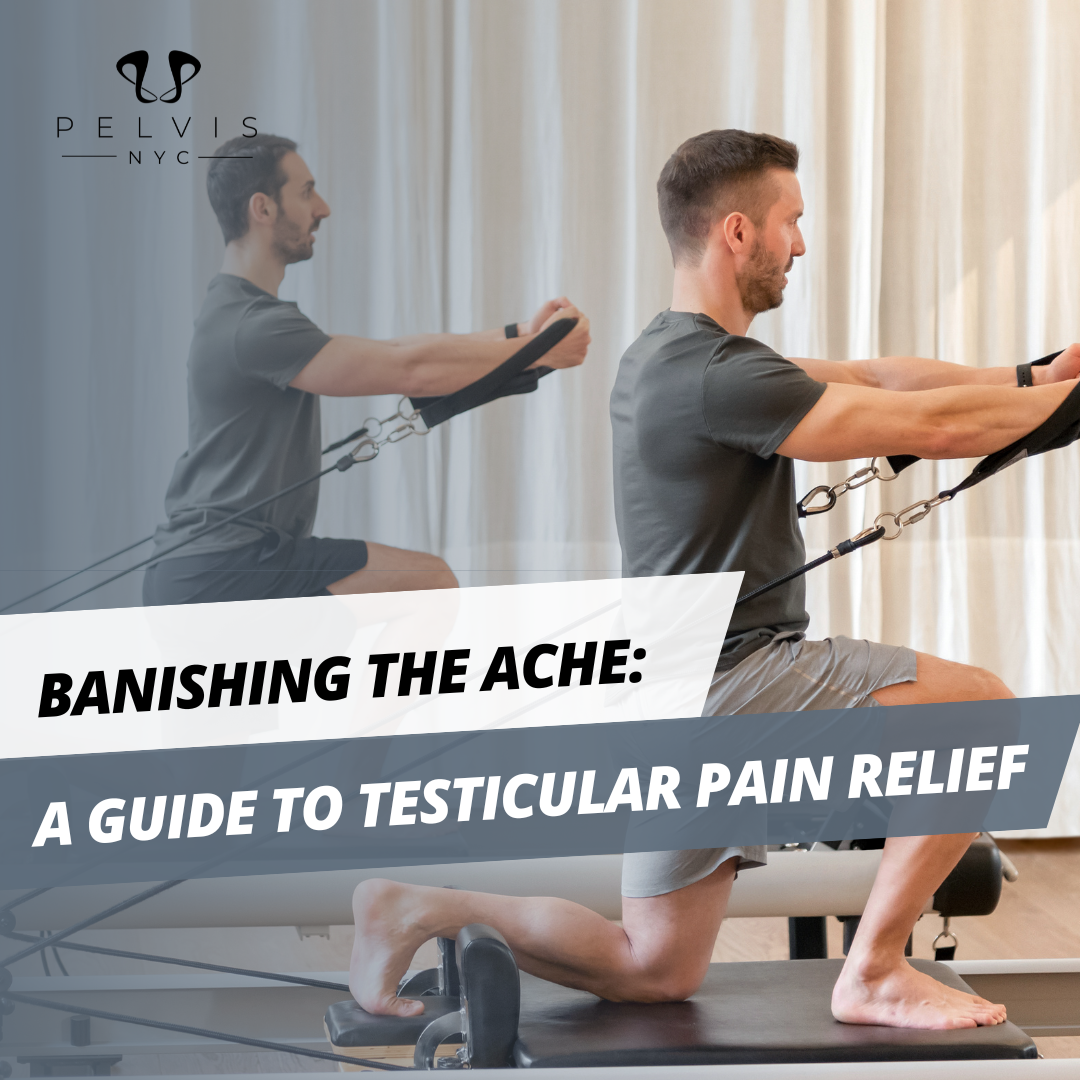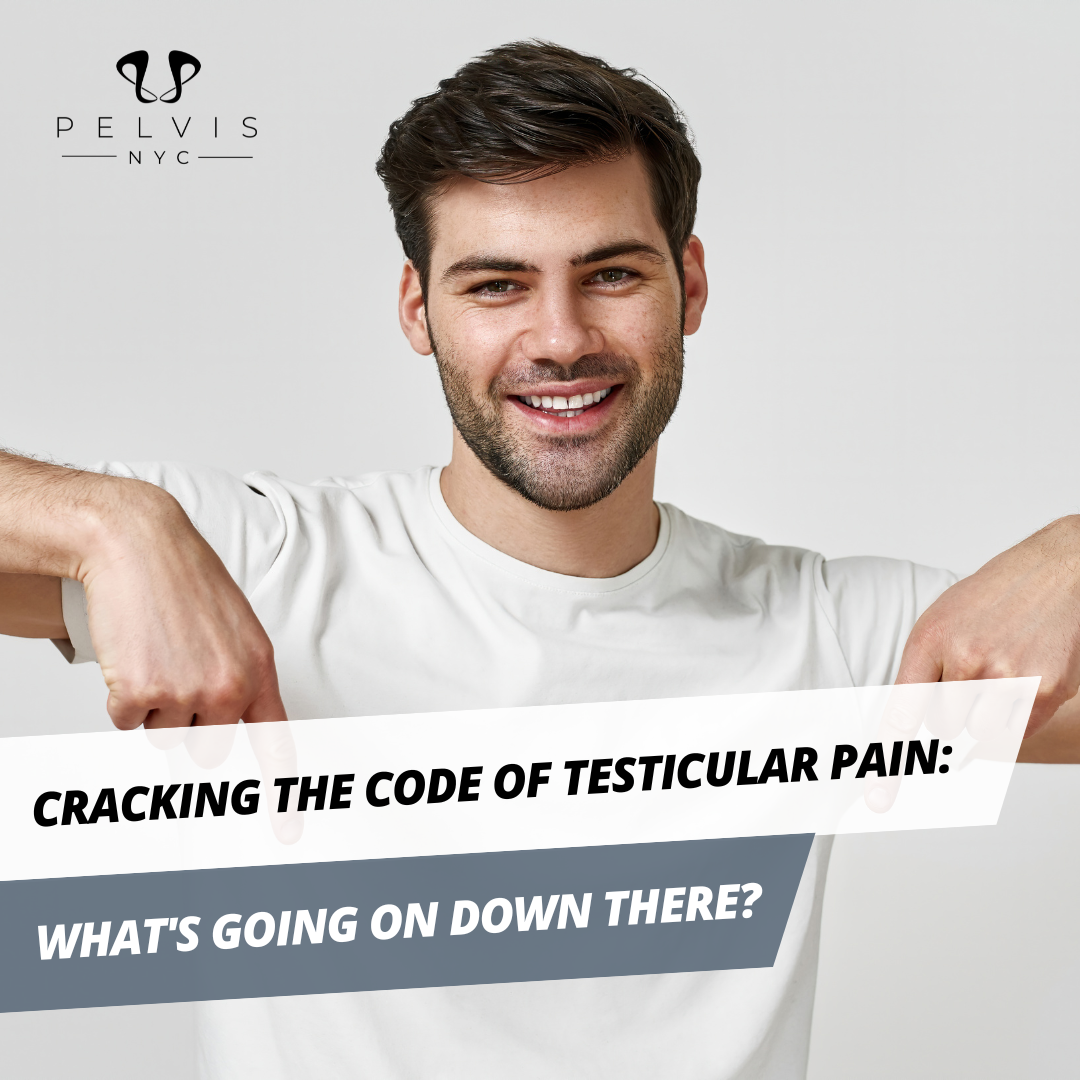Direct answer: Testicular problems refer to any condition that affects the testicles, including pain, swelling, fertility issues, infections, torsion, and testicular cancer. Some causes are mild and temporary, while others require urgent medical care. Knowing the warning signs early can protect your fertility, hormones, and overall health.
This guide walks you through the most common testicular conditions, what causes them, how to tell what’s serious, and what to do next—written for men who want real, clear answers.
Why Testicular Problems Deserve Immediate Attention
The testicles play a central role in:
- Testosterone production
- Sperm development
- Sex drive and fertility
- Bone and muscle health
Because the testicles are highly sensitive and rely on a delicate blood supply, even small disruptions can cause significant pain, hormone shifts, or fertility problems. According to the Cleveland Clinic and Mayo Clinic, early diagnosis dramatically improves outcomes for nearly all testicular disorders.
Common Testicular Problems in Men Aged 18–49
Testicular Problems and the Most Common Testicular Conditions
Here are the most frequently diagnosed testicular conditions in younger and middle-aged men:
- Testicular pain (acute or chronic)
- Testicular torsion
- Testicular cancer
- Epididymitis
- Orchitis
- Varicocele
- Hydrocele
- Inguinal hernia
- Sexually transmitted infections (STIs)
- Referred pain from kidney stones
Many of these share overlapping symptoms, which is why self-diagnosis is unreliable.
Testicular Pain: What It Means and When It’s Serious
Testicular Pain and Testicle Pain—How to Tell What’s Normal vs Dangerous
A Testicular pain ranges from mild aching to sudden, severe stabbing. It may appear in one testicle or both.
Common Causes of Testicle Pain
- Infections (epididymitis, orchitis)
- Testicular torsion
- Trauma or sports injury
- Kidney stones (referred pain)
- Inguinal hernia
- Varicoceles (enlarged veins)
- Sexually transmitted infections
Red Flags That Require Immediate Emergency Care
- Sudden, severe pain
- High-riding or rotated testicle
- Nausea or vomiting with pain
- Fever and chills
- Rapid swelling
These symptoms may indicate testicular torsion, a true medical emergency.
Testicular Torsion: A Urologic Emergency Every Man Should Know
What is a Testicular Torsion and Testicular Torsion Symptoms
Testicular torsion occurs when the spermatic cord twists, cutting off blood flow to the testicle. Without rapid treatment, permanent testicular damage can occur within 6 hours.
Classic Testicular Torsion Symptoms
- Sudden, intense testicular pain
- One testicle sitting higher than the other
- Scrotal swelling
- Abdominal pain
- Nausea and vomiting
According to the American Urological Association, emergency surgery within 6 hours saves the testicle in over 90% of cases. After 12 hours, the risk of testicular loss rises sharply.
Testicular Cancer: The Most Common Cancer in Young Men
Testicular Cancer Awareness, Symptoms, and Survival Rates
A testicular cancer is the most common cancer in men aged 15–35, yet it also has one of the highest cure rates of all cancers when caught early.
Early Signs of Testicular Cancer
- A painless lump or mass
- Hardening of the testicle
- Feeling of heaviness
- Dull groin ache
- Enlargement of one testicle
According to the National Cancer Institute, the 5-year survival rate exceeds 95% when detected early.
Sexually Transmitted Infections and Testicular Problems
Sexually Transmitted Infections and Testicular Pain
STIs such as chlamydia and gonorrhea can cause epididymitis and orchitis, leading to:
- Testicular pain
- Swelling
- Burning with urination
- Penile discharge
- Pain during ejaculation
Untreated STIs can result in:
- Chronic pain
- Fertility problems
- Scar tissue in reproductive structures
The CDC estimates over 2.5 million STI cases annually in U.S. men under 40, making this a major contributor to testicular conditions.
Inguinal Hernia and Testicular Symptoms
Inguinal Hernia and Testicular Pressure or Pain
An inguinal hernia occurs when abdominal tissue pushes through a weak point in the groin. It may produce:
- Groin bulge
- dragging sensation
- Testicular pressure
- Pain with lifting or coughing
Hernia-related testicular pain often worsens with activity and improves when lying down.
Kidney Stones and Referred Testicular Pain
Kidney Stones and Why They Can Cause Testicle Pain
The kidney stones can send intense pain through shared nerve pathways, leading to:
- Sharp back or flank pain
- Radiating pain into the groin or testicle
- Nausea and sweating
- Urinary urgency
This is known as referred pain and does not mean there is damage to the testicle itself—but it still requires urgent evaluation.
Risk Factors for Testicular Problems
Risk Factors That Increase Your Chances of Testicular Conditions
Some risk factors make men more vulnerable to testicular problems:
- Undescended testicle at birth
- Family history of testicular cancer
- Prior testicular injury
- Multiple sexual partners (STIs)
- Chronic cycling with poor seat support
- Heavy lifting without core support
- Smoking and anabolic steroid use
Knowing your risk helps guide screening and early detection.
Other Symptoms That Often Accompany Testicular Problems
Men often ignore symptoms that seem unrelated to the testicles but are actually important clues:
- Lower abdominal pain
- Urinary urgency or burning
- Blood in urine or semen
- Erectile dysfunction
- Low libido
- Chronic pelvic pain
These other symptoms often indicate infection, nerve irritation, or hormonal involvement—not just a local testicular issue.
How Testicular Problems Are Diagnosed
Doctors rely on a combination of:
- Physical examination
- Scrotal ultrasound (gold standard imaging)
- Urine testing
- STI screening
- Blood markers (for cancer when suspected)
Ultrasound can differentiate torsion, tumors, infection, and fluid within minutes, making it the most powerful diagnostic tool.
Treatment Options for Testicular Problems
How Testicular Problems Are Treated
Treatment depends on the diagnosis:
| Condition | Common Treatment |
| Infection | Antibiotics |
| Torsion | Emergency surgery |
| Cancer | Surgery + chemo/radiation |
| Hernia | Surgical repair |
| Varicocele | Observation or embolization |
| Kidney stones | Hydration, pain control, lithotripsy |
Early treatment usually results in full recovery with preserved fertility.
Experience-Based Insight From Men’s Health Clinics
In clinical practice, one pattern appears repeatedly:
Men often delay care due to embarrassment, leading to worsening symptoms and longer recovery times. Clinics report that many torsion and cancer cases arrive hours or weeks later than ideal, unnecessarily increasing risk.
How to Perform a Testicular Self-Exam (Monthly Habit)
This takes less than 60 seconds in the shower:
- Roll each testicle gently between fingers
- Look for new lumps or hardness
- Compare both sides
- Note size, density, and tenderness
Early self-detection saves lives—especially for testicular cancer.
Related Men’s Health Topics (For a Content Hub)
For a deeper understanding, these topics connect closely to testicular health:
- Pelvic floor dysfunction in men
- Erectile dysfunction and hormonal health
- Prostatitis and chronic pelvic pain
- Fertility testing and sperm health
These interrelated systems often affect each other.
Ready for Expert Help? Contact Pelvis NYC

If you’re experiencing testicular pain, swelling, or recurring testicular problems, you don’t have to navigate it alone. Early evaluation and personalized care can make a life-changing difference in your long-term health, fertility, and confidence.
Pelvis NYC specializes in men’s pelvic health, including testicular pain, chronic pelvic pain, groin discomfort, nerve-related symptoms, and post-surgery rehabilitation. Our expert pelvic floor physical therapists help men aged 18–49 identify the root cause, reduce pain, restore function, and prevent future issues.
👉 Book an appointment with Pelvis NYC today and get the clarity, relief, and expert support you deserve.
Key Takeaways
- Testicular problems range from mild pain to life-threatening emergencies.
- Testicular torsion and testicular cancer require immediate evaluation.
- STIs, kidney stones, and inguinal hernias are common non-testicular causes of testicle pain.
- Monthly self-exams and early care provide the highest chance of full recovery.
FAQs: Testicular Problems
Q1: What are the most common testicular problems?
Testicular pain, torsion, infection, varicocele, hydrocele, hernia, and testicular cancer.
Q2: When should I worry about testicular pain?
If pain is sudden, severe, accompanied by swelling, nausea, or fever—seek emergency care immediately.
Q3: Can sexually transmitted infections cause testicular problems?
Yes. STIs frequently cause epididymitis and orchitis, leading to swelling and pain.
Q4: Can kidney stones cause testicle pain?
Yes. Kidney stones often cause referred pain into the testicle and groin.
Q5: What are the early symptoms of testicular cancer?
A painless lump, heaviness, or firm enlargement of one testicle.
Q6: How do I know if I have testicular torsion?
Sudden intense pain, high-riding testicle, nausea, and swelling are classic torsion symptoms.


